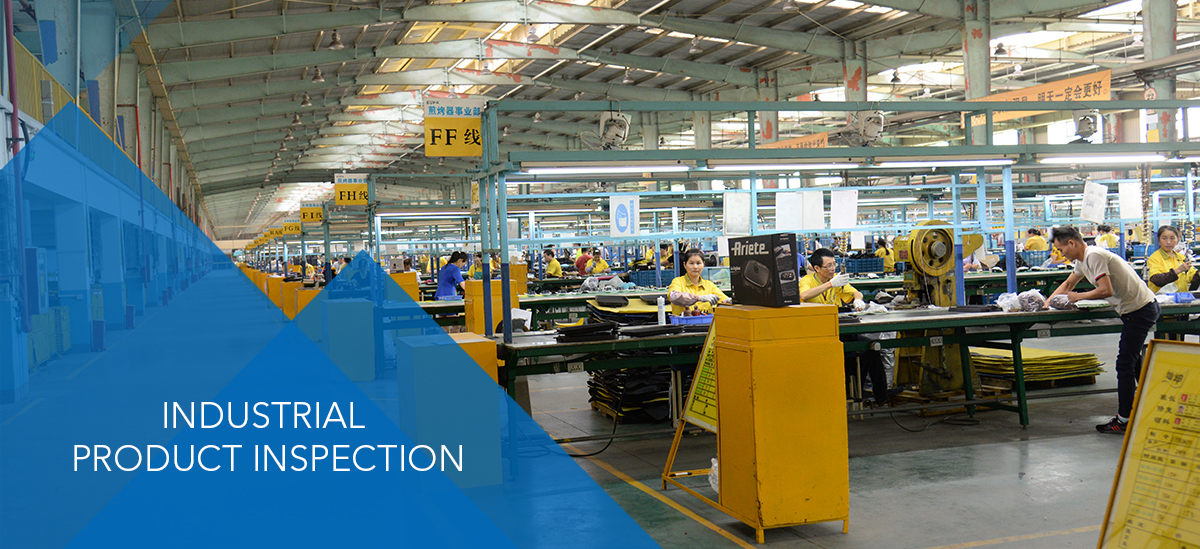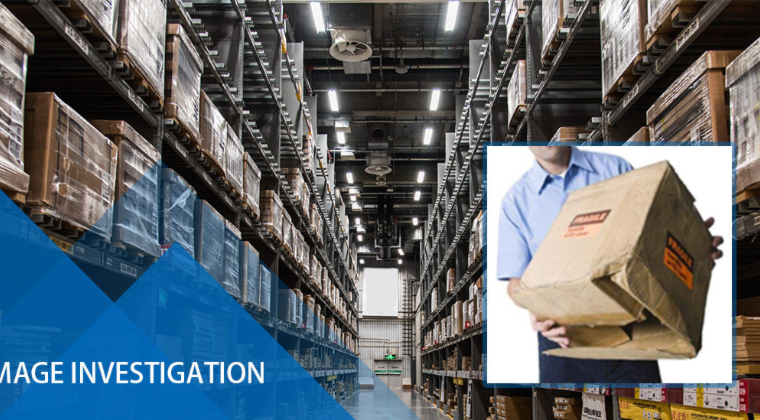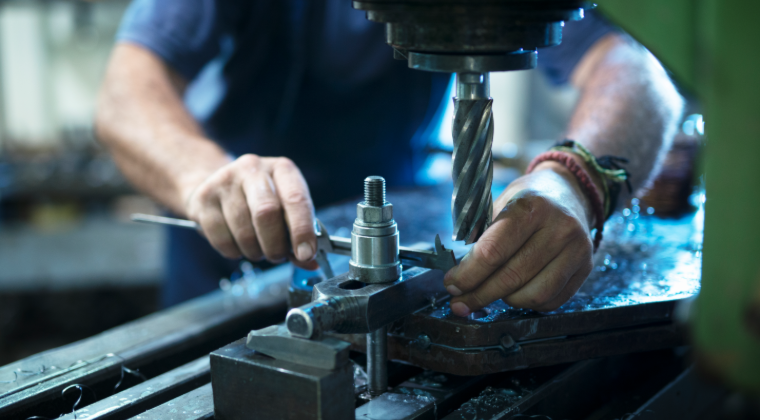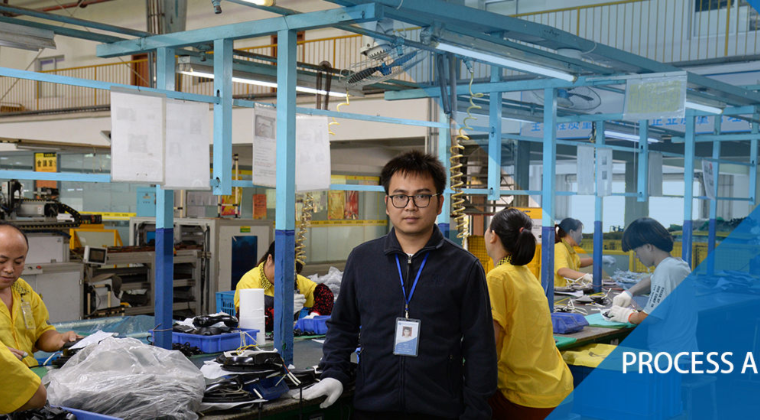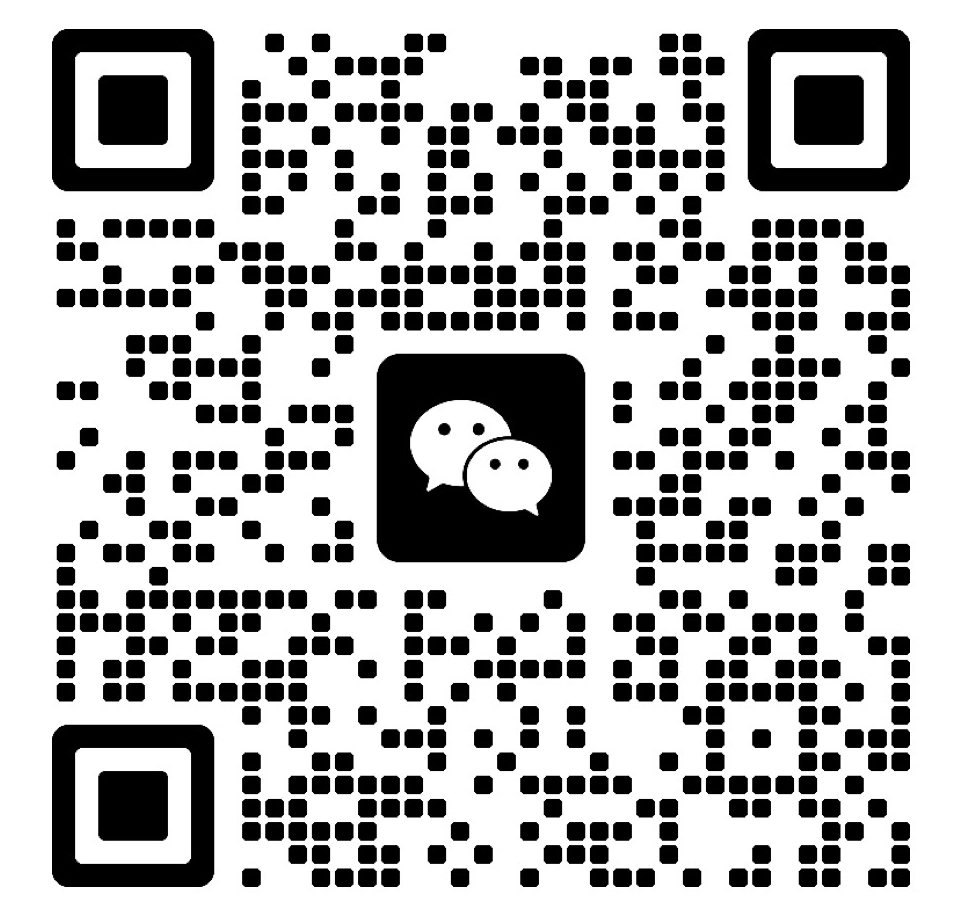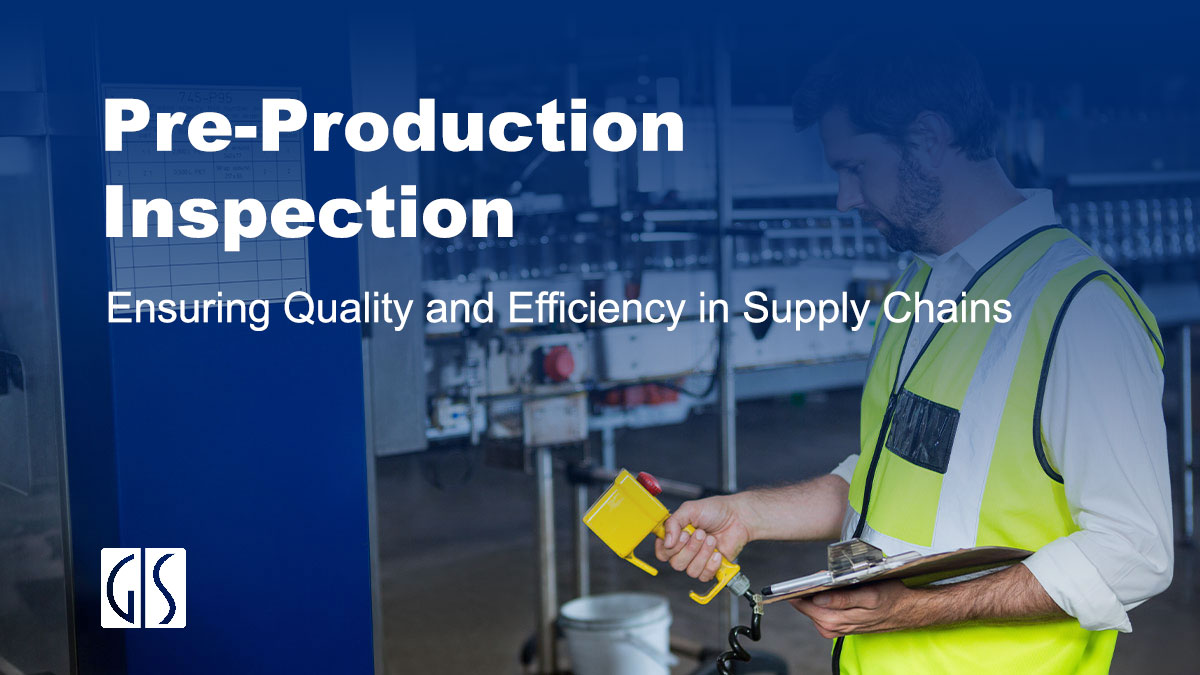
Pre-production inspection (PPI) is a crucial process in manufacturing, particularly in industries including garment and apparel, footwear, furniture, home appliances, and electronics that will allow you to have a clear view of the production schedule and can anticipate possible problems that could affect the quality of the products.
It helps both buyers and businesses to achieve excellence by offering a comprehensive understanding of their production process.
What is a Pre-Production Inspection?
Pre-Production Inspection (PPI) is a type of quality control inspection performed at the beginning of the production process or even before the start of manufacturing to assess the quantity and quality of the raw materials and components, and whether they are in conformity with product specifications.
It is the first step in ensuring that your supplier will consistently manufacture good quality products, which is used to identify quality issues early on in production and to prevent them from causing bigger issues further down the track.
Pre-Production Inspection also can reduce or eliminate communication issues regarding production timelines, shipping dates, quality expectations and others, between you and your supplier.
The Importance of Pre-Production Inspection
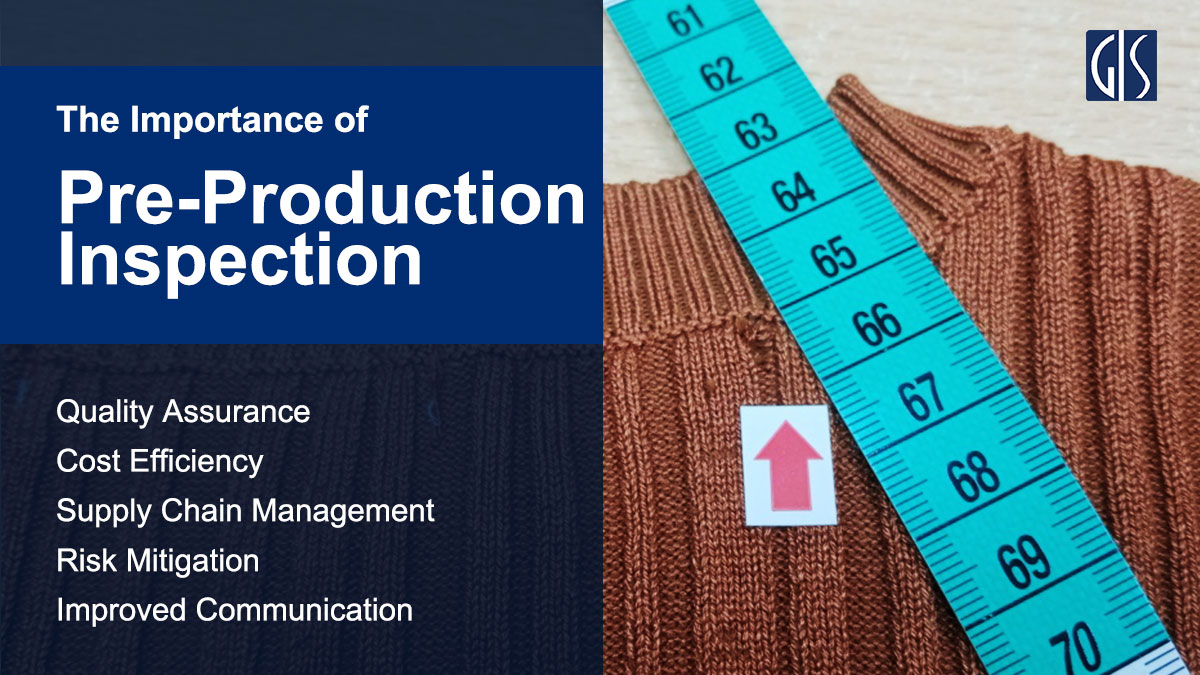
A pre-production inspection acts as an ‘early warning’ check against future issues. Rather than have to fix problems at your own expense at a later date, you can catch and prevent them earlier. Here are some key reasons why it’s important:
- Quality Assurance
Pre-production inspection helps identify defects or quality issues before mass production begins. This ensures that the final product meets the required standards and specifications.
- Cost Efficiency
Catching problems early can save significant costs associated with rework, returns, and unsatisfied customers. Addressing issues at this stage is often cheaper than rectifying them later in the production process.
- Supply Chain Management
Pre-production inspection helps ensure that suppliers are meeting contractual obligations regarding quality and timelines. This fosters better relationships and reliability within the supply chain.
- Risk Mitigation
By identifying potential problems before they escalate, pre-production inspection minimizes risks related to compliance, safety, and regulatory issues, ensuring that the product can be launched without delays.
- Improved Communication
Pre-production inspection encourages collaboration between manufacturers, suppliers, and clients, ensuring that everyone is aligned on quality expectations and specifications.
When should You Conduct a Pre-Production Inspection?
A Pre-Production Inspection aims to highlight quality risks before that of manufacturing mass production. It is not always the end-all-be-all solution to quality check, but an Initial Production Check allows you to ensure production finish on time.
An Pre-Production Inspection also allows you to get an overview of some of the most essential components of the production process. You need to consider a Pre-Production Inspection or an Initial Production Check for conduct production inspection when :
- Work with a new manufacturer or supplier, assure the factory meet your requirements;
- Book a large amount of cargo, any issues that needed to be addressed before mass production;
- The entire manufacturing process are lasting several months.
So the Pre-Production Inspection is one of the best ways to ensure that your product meets your requirements. It keeps your suppliers in check, your orders shipping on time and, ultimately, ensures customer satisfaction and brand reputation.
How to Conduct a Pre-Production Inspection?
To conduct a pre-production inspection effectively, need to check the quantity and quality of materials and components, production processes, production line, production equipment, and production schedule:
- Check the raw materials and components used in production: Check the quantity and quality of your materials and components. Ensure they match the product specifications, such as size, colour, weight, material, etc.
- Sample and test semi-finished products to detect potential defects: Evaluate the style, colour, and workmanship of the initial product samples to confirm they meet the agreed-upon quality specifications.
- Evaluate the quality system of the production line: Assess the factory’s quality management system.
- Assess the management and ability of production equipment: Inspection of production equipment and machinery to verify proper operation and maintenance.
- Assess the production capacity of the manufacturer: Verify the availability of raw materials and components. Ensure that suppliers can meet the required delivery schedules and quality standards.
- Provide technical advice to the factory to improve product quality and minimize defects: Communicate with factory management to address any concerns.
- Assess production schedule: Confirm the production schedule and deadlines.
Get in touch with GIS Inspection to learn more.
The 8 Steps for a Pre-Production Inspection
The Pre-Production Inspection (PPI) or Initial Production Inspection is completed after the identification and the evaluation of your vendor / factory and right before the beginning of the actual mass production. The aim of the Pre-Production Inspection is to make sure your vendor understands your requirements and the specifications of your order and is prepared for its production.
There are 8 steps for performing a Pre-Production Inspection:
- Opening meeting: Have an opening meeting with factory.
- Raw materials and components check: our inspector checks the raw materials and components required for production.
- Radom selection of samples: materials, components and semi-finished products are randomly selected to ensure the best possible representation.
- Style, color & workmanship check: our inspector thoroughly checks the style, color and quality of raw materials, components and semi-finished products.
- Photos of production line & environment: our inspector takes photos of the production line and environment.
- Sample audit of production line: Our inspector does a simple audit of the production line, including production ability and quality control ability (man, machinery, material, method environment, etc.)
- Close meeting : Have a close meeting to provide technical advice to the factory to improve product quality and minimize defects.
- Inspection report: Provide a report which documents the findings and includes pictures. With this report you obtain a clear picture of whether everything is in place for tour products to be completed according to your requirements.
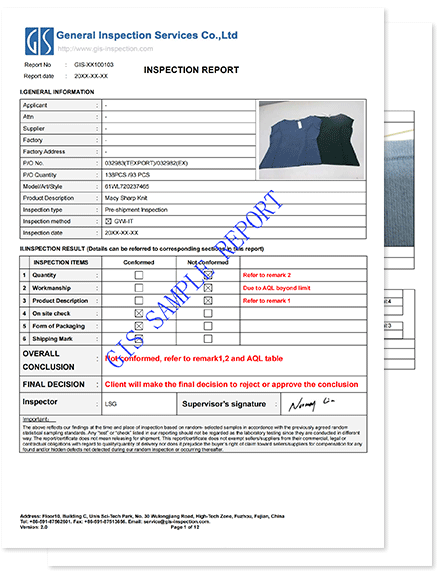
DOWN A QUALITY INSPECTION SAMPLE REPORT
GIS Inspection detailed inspection reports and continuous support help you improve processes, take corrective actions, and maintain quality.
Conclusion
A Pre-Production Inspection can help you verify whether the supplier is on track to follow your agreed-upon production schedule and follow critical manufacturing requirements. It helps eliminate communication gaps between the importer and exporter.
GIS Inspection is a China-owned quality assurance company. We provide independent quality control designed to protect your business interests. Our highly trained and experienced inspectors are product experts who receive regular training in their field of specialization.
With 100+ full-time inspectors around China and Southeast Asia, we are able to perform quality control and quality assurance inspection services in various parts of Asia.
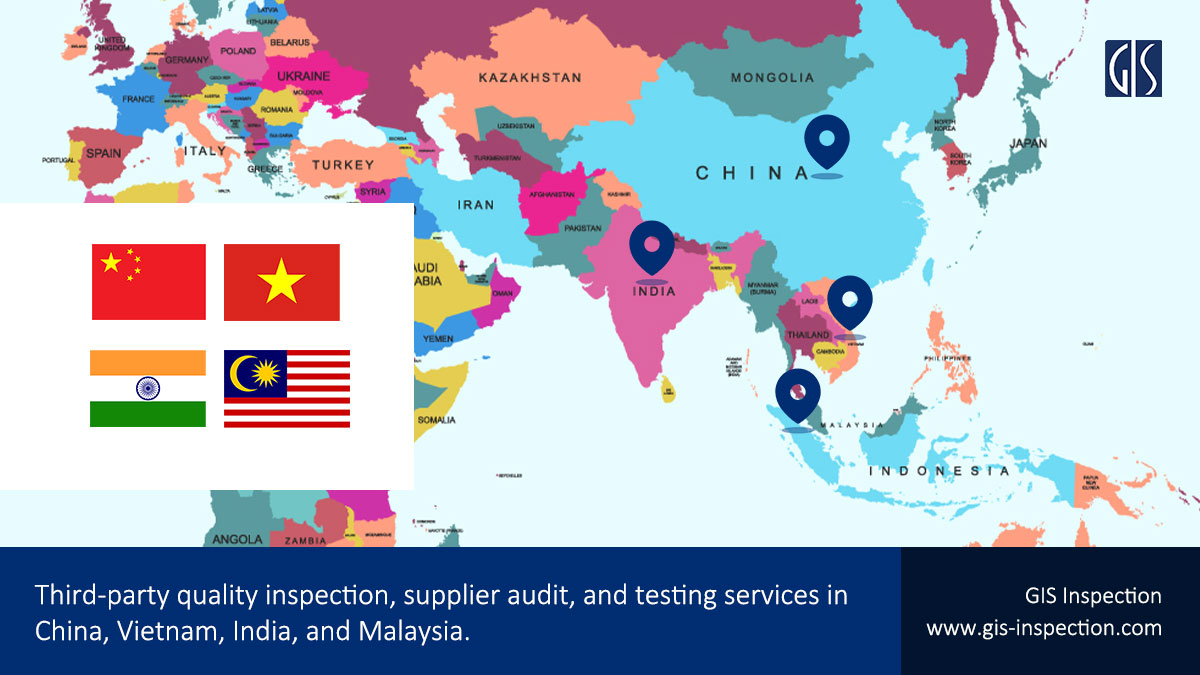
And other countries.
View our coverage area page for more details.
Our quality inspections can be carried out on all types of consumer products including apparel, footwear, furniture, toys, handbags and luggage, housewares, lighting, outdoor products, electronics and more.


